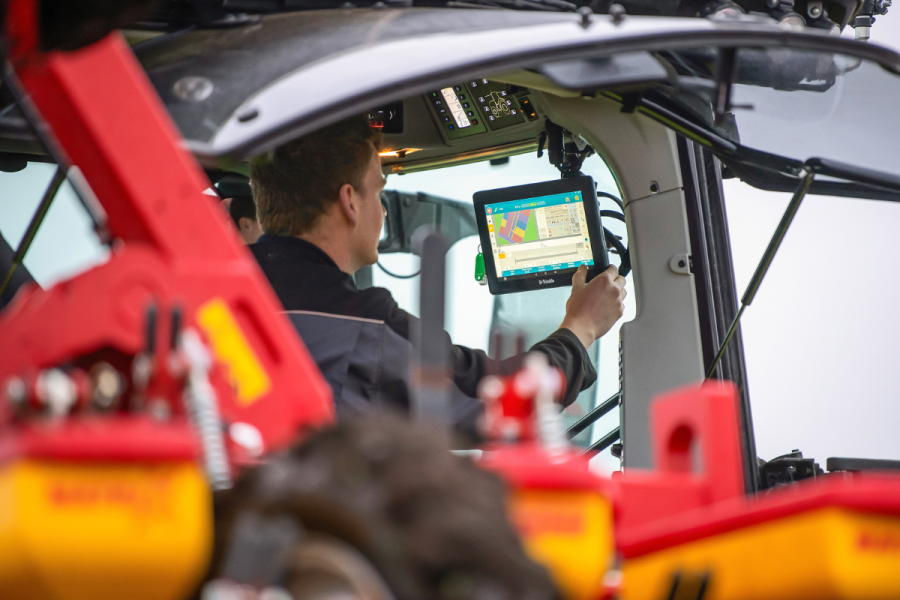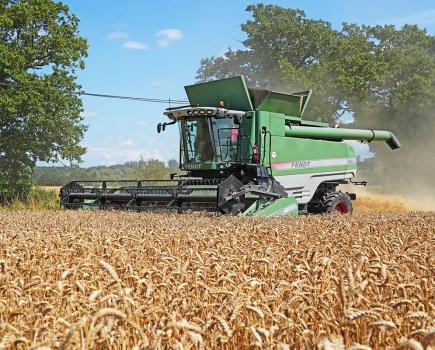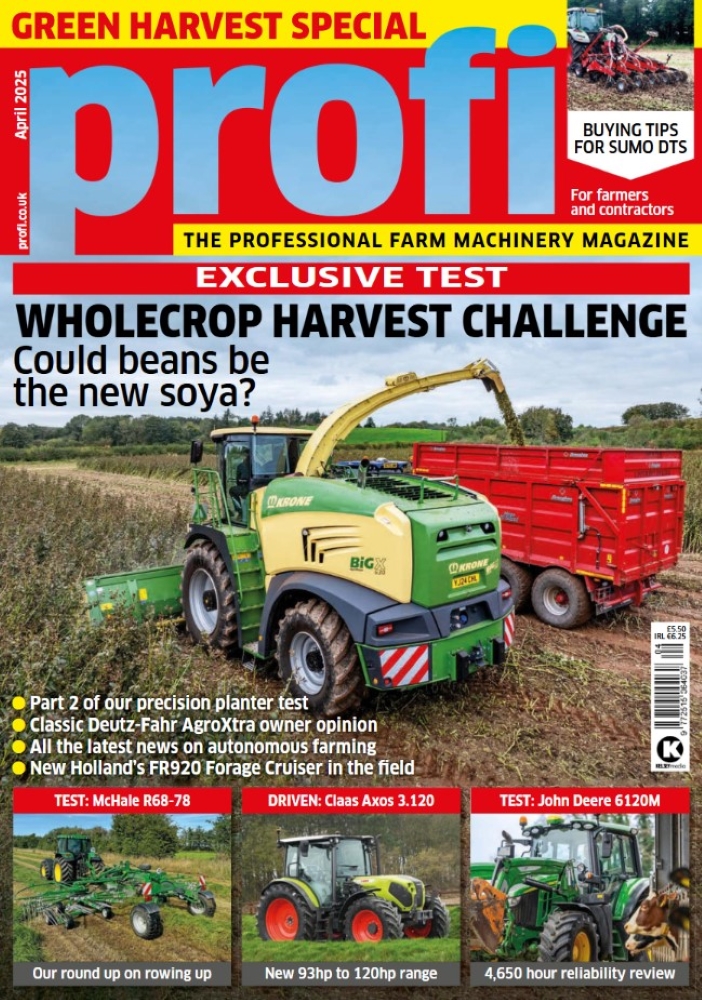PRACTICAL TEST: Seven ISObus systems compared, Part 2: Tasks with many hurdles. In the second part of our ISObus test, the seven 300hp tractors were tasked with
sowing beet at variable spacing using GNSS and section control.
Some ISObus-compatible precision drills such as the Grimme Matrix 1800 used in this test, not only do section control but also variable rate along the row. The latter utilises application maps that are pre-prepared in the office and then downloaded to the ISObus terminal, either as IsoXML or Shape files. This doesn’t sound particularly complicated, but in reality it certainly can be.
Folder structure is important
Firstly, you need to ensure that you export and import to the correct folder. The IsoXML format files that make up one application map need to be saved to the Taskdata folder. Before the testers could import the files from this folder to the ISObus terminals on the Deutz-Fahr, John Deere, Massey Ferguson, McCormick, New Holland and Valtra, they had to ‘unpack’ the folder. Not so on the Massey Ferguson and Valtra terminals. Here, the IsoXML files can also be imported as packages. The tested Claas Axion 870 had a Trimble terminal, where it was impossible to find the application map within the library after the import. As a work-around, the testers decided to export the job from the planning software as a Shape file, which goes into the Agdata folder. There should be a ‘Prescriptions’ sub-folder with four files. As a side note, our German sister magazine Top Agrar has also done some work on this and found importing an IsoXML file to Claas’s own Cemis 1200 is possible.
For more up-to-date farming news click here and subscribe now to profi and save.






